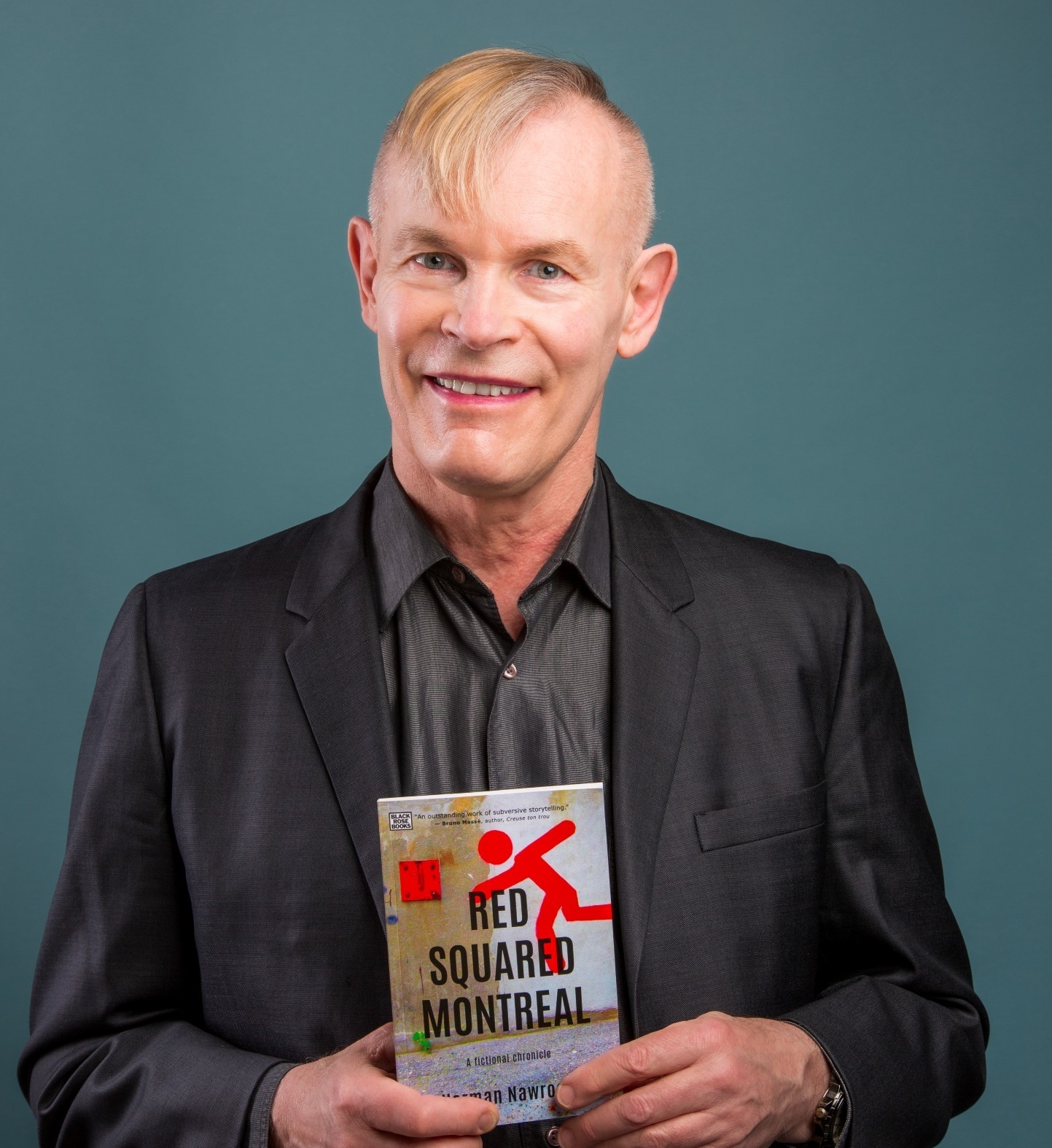A fictionalized look back at Quebec’s Maple Spring
 Nawrocki poses with a copy of his book, 'Red Squared Montreal: A Fictional Chronicle'
Nawrocki poses with a copy of his book, 'Red Squared Montreal: A Fictional Chronicle'
It was a spring and summer that any Quebecer living in the province a decade ago remembers well.
Thousands of students rose up to protest government proposals to increase student tuition rates.
The movement, which came to be known as The Maple Spring, or Le printemps érable, resulted in large nightly gatherings of protesters banging pots and pans throughout the streets, police crackdowns, and government upheaval.
Part-time professor Norman Nawrocki, who teaches at the School of Community and Public Affairs in the Faculty of Arts and Science and sometimes in the Faculty of Fine Arts, is an academic and activist who teaches his students how to incorporate their artistic interests into community work.
The uprising inspired his latest work, 'Red Squared Montreal: A Fictional Chronicle', that recounts the protests from the perspectives of several participants.
In the midst of a movement
“I live at ground zero, not far from the mountain,” Nawrocki notes.
“So, during those seven months, helicopters were always flying. I was in the middle of the demonstrations, watching people getting arrested and beaten, or singing and dancing.”
The event also left another legacy, he says.
"It was an explosion of public art unlike anything Montreal has ever seen.”
Nawrocki often cites the protests in his coursework.
Parallel love stories
The novel examines the experiences of three individuals, and involves two parallel love stories – one platonic and one romantic.
The protagonist is devastated when his best friend suffers a head injury from a police beating, leaving him in a coma. While he worries for his friend, he meets a young woman through the protests, and they begin a relationship.
Nawrocki says the stories in the book are inspired by real events he witnessed during the student strikes.
Scars of the protests
“I know people today who are still paying the price for participating in demonstrations, or getting beaten and gassed. They developed symptoms, and nobody talks about that.”
He plans to use the book as a teaching tool in future classes.
Learn more about the School of Community and Public Affairs.

